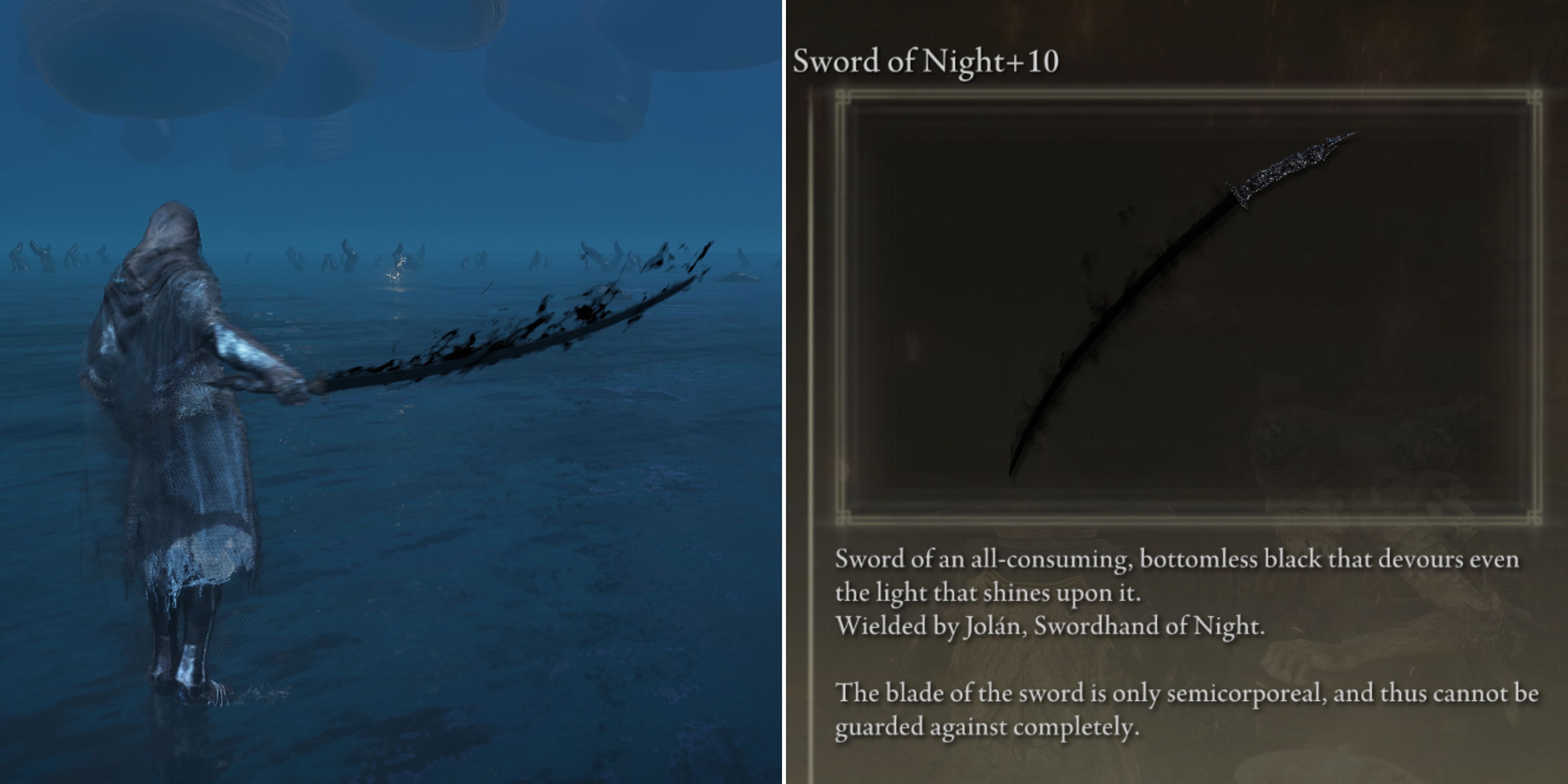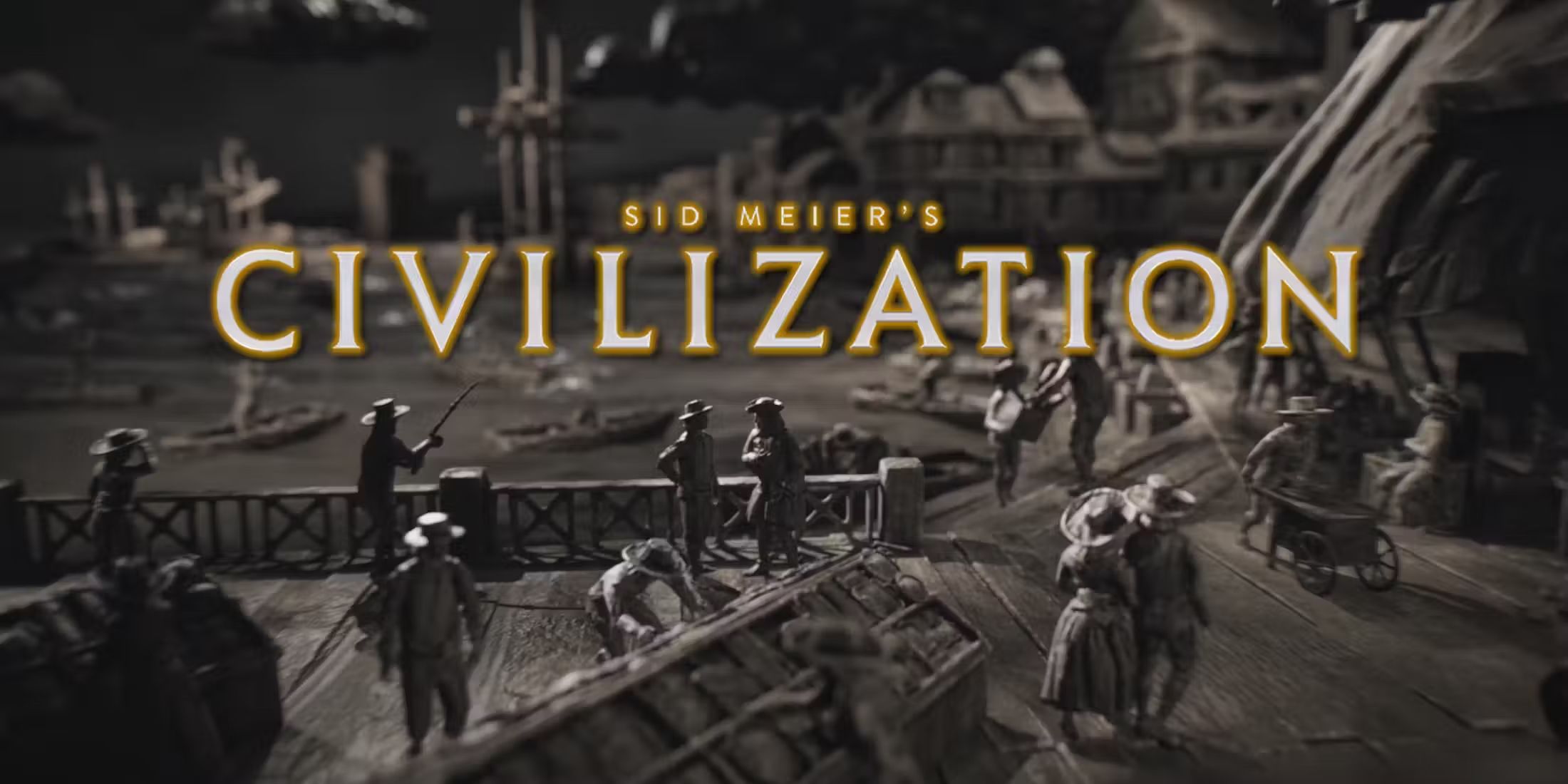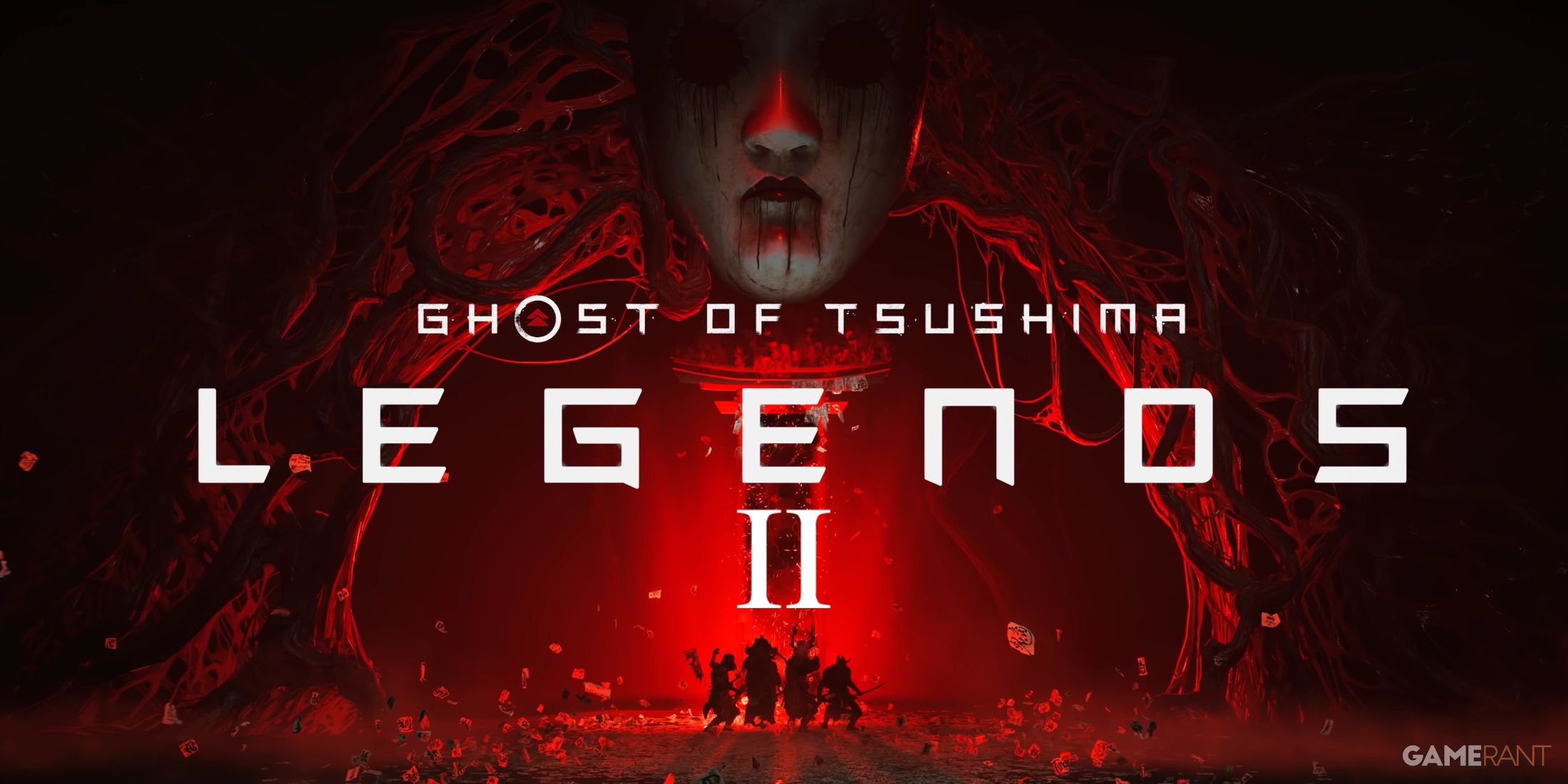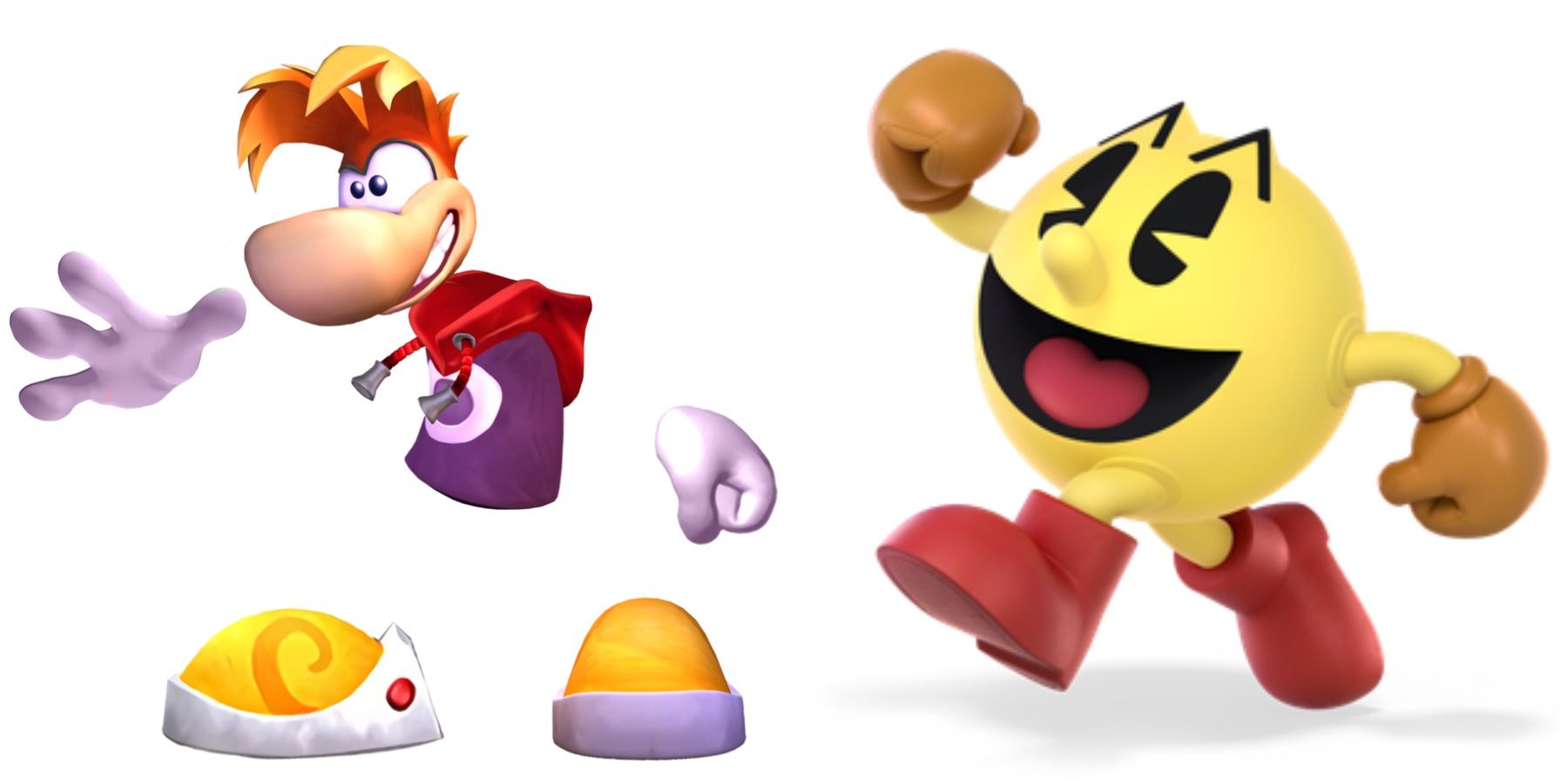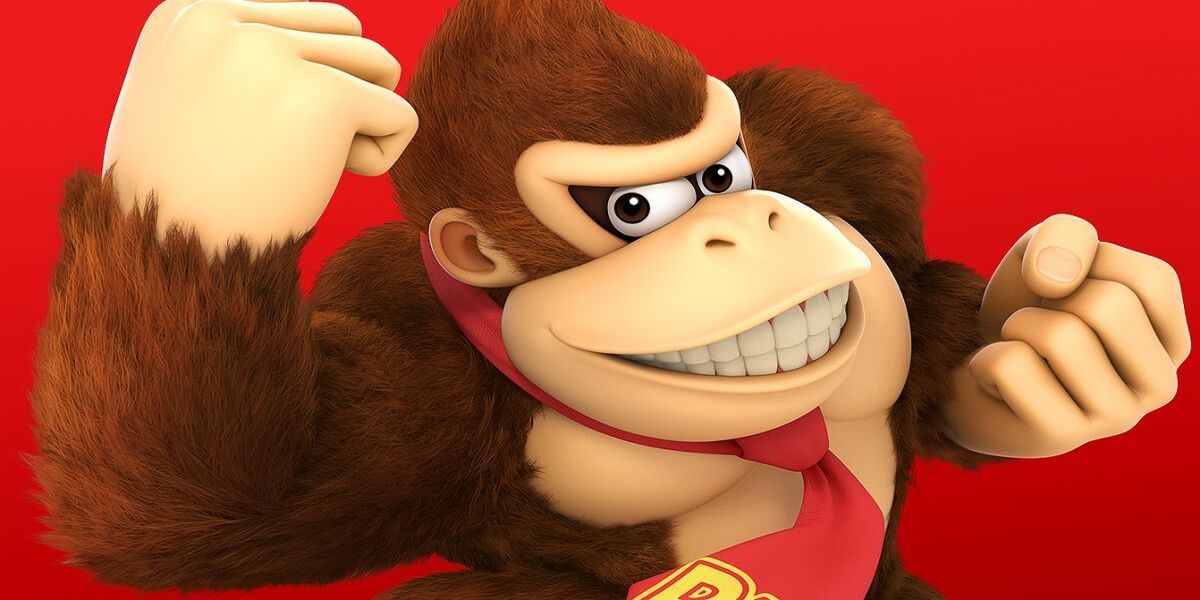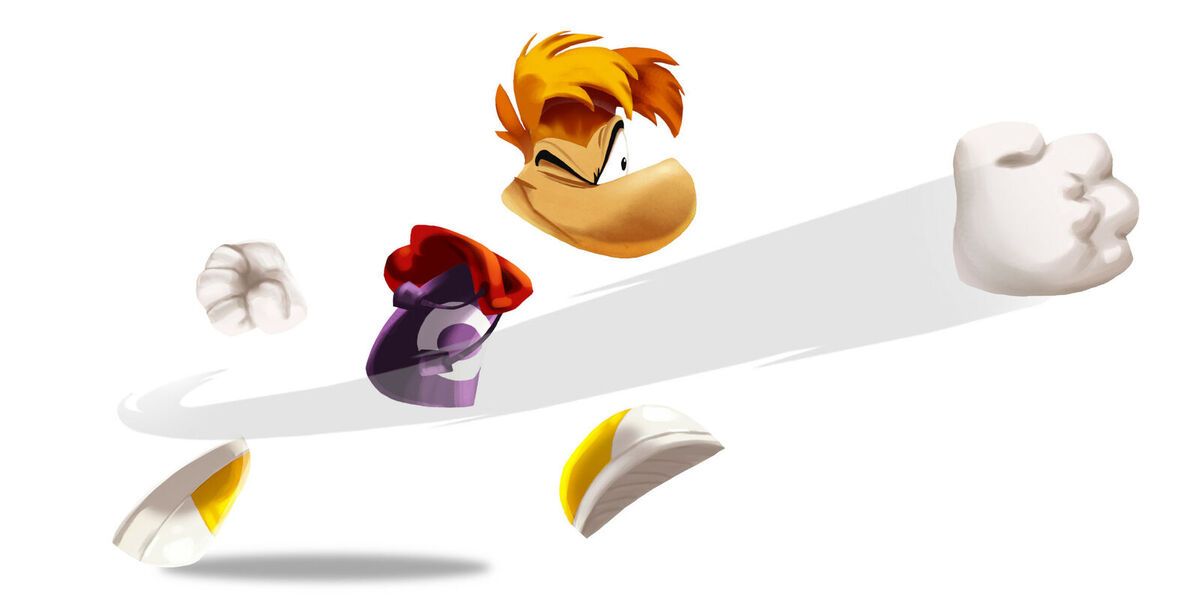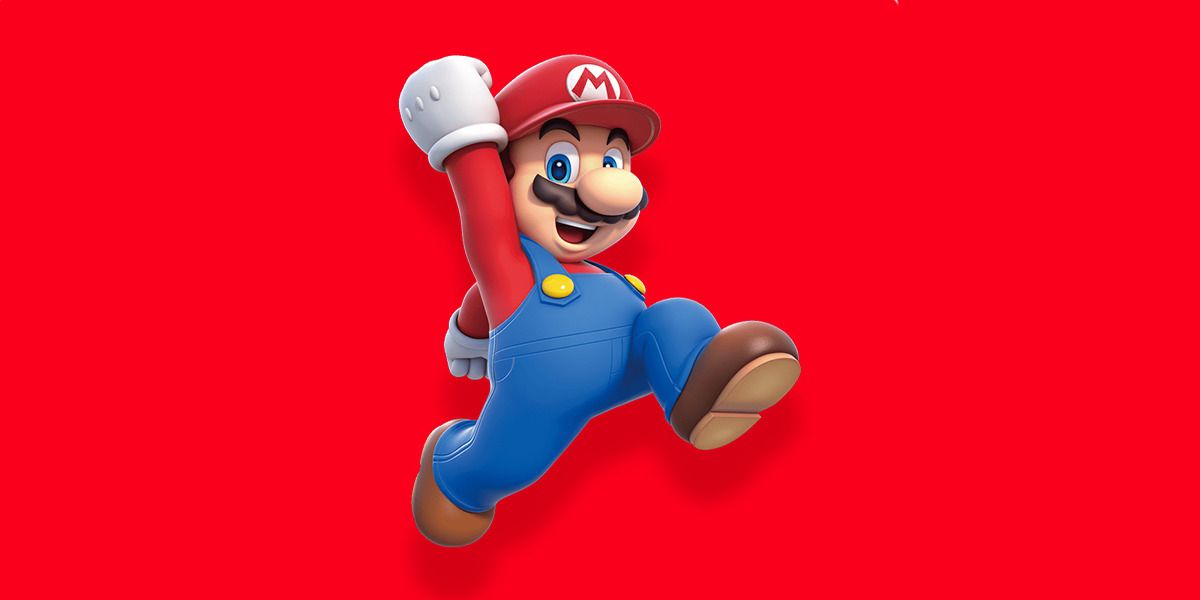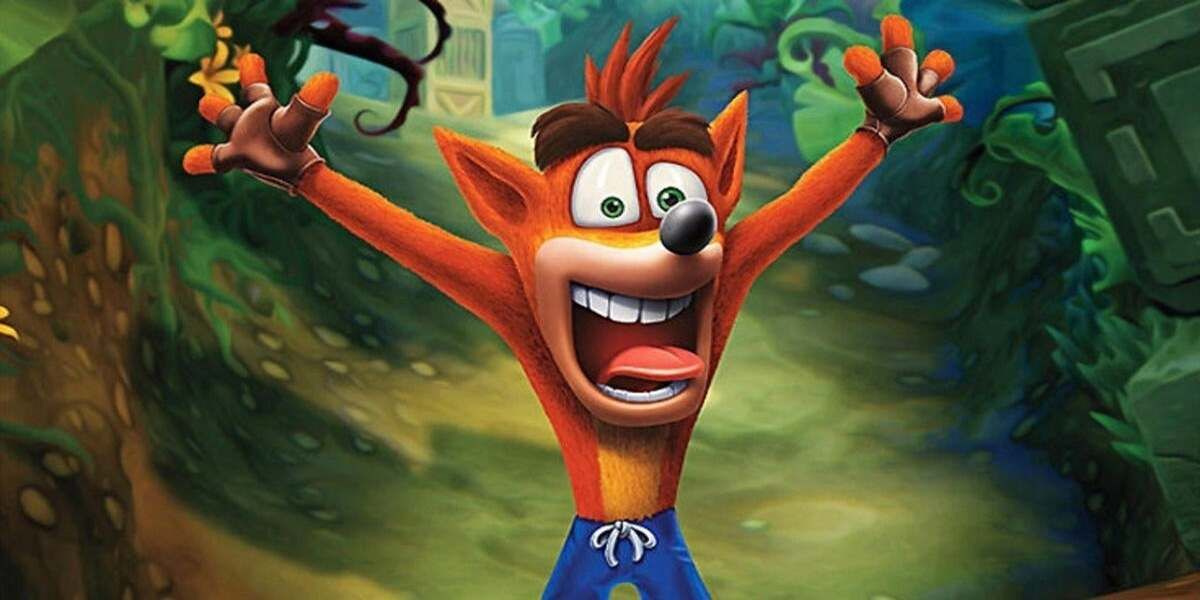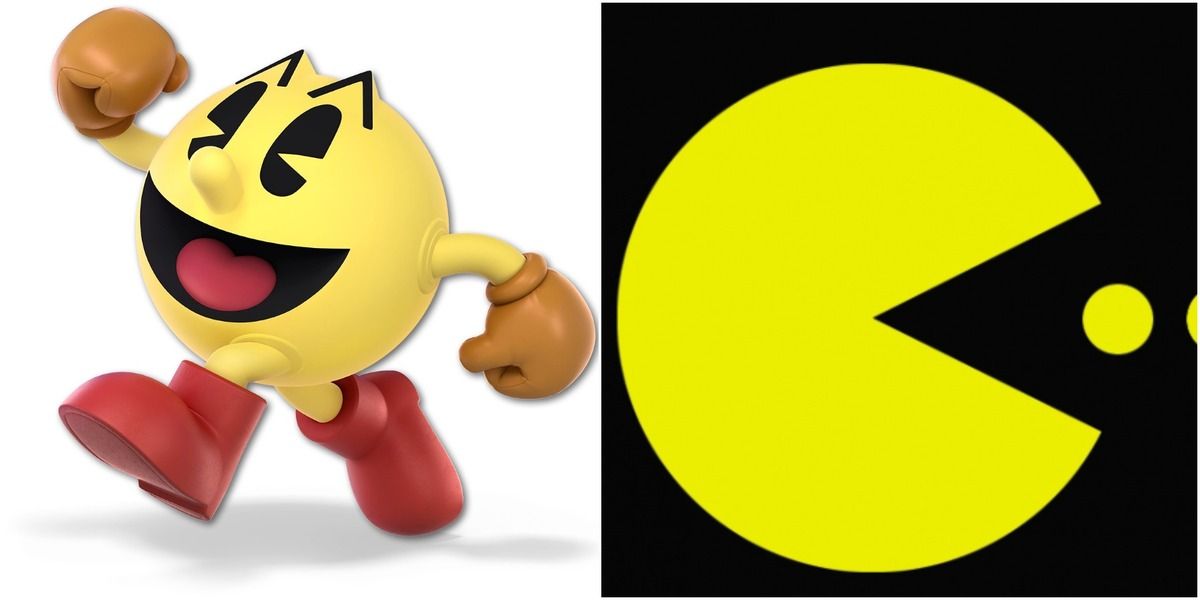The silhouette test is a design philosophy that revolves around the idea that people should be able to recognize a character by just their silhouette, as it makes them memorable and easily recognizable to audiences. A popular example is The Simpsons, a show with numerous characters that people who are only vaguely familiar with the show could recognize by just their outline.
The gaming industry has provided countless protagonists who are great examples of this design philosophy, many of whom have been instrumental in gaming's rapid push into mainstream media over the years.
7 Donkey Kong
Donkey Kong makes this list for the simple fact that he's a gorilla wearing a tie, which, it's safe to say, isn't something people see every day.
The great ape originally started life as a villain in the arcade game Donkey Kong, where he tried to stop protagonist Mario from saving Pauline. Nintendo clearly had a change of heart, though, as they later made Donkey Kong a platforming hero. The character is best known for the SNES game Donkey Kong Country and for his appearances in many of the Mario franchise's kart racing and sports games.
6 Link
Link's human-like appearance doesn't make him stand out as much as some of the other characters on this list, though his elf-like ears, signature pointy hat, Master Sword, and six-sided Hylian Shield help him stand out in a crowd, even as a silhouette.
Link is the protagonist of the Legend of Zelda franchise, a long-running series that has often been at the forefront of gaming innovation. The series is home to some of the best action-adventure games of all time, such as A Link to the Past, Ocarina of Time, and Breath of the Wild.
5 Rayman
It's not hard to see why Ubisoft's hero Rayman makes this list, as the platforming hero has a distinct lack of limbs. The character's limbless body may make him look like the last person to fight enemies and save the day, though his fists can be thrown tremendous distances to knock out foes.
Ubisoft's hero first burst onto the scene in 1995 with the side-scrolling platformerRayman before shifting to 3D open levels with Rayman 2: The Great Escape. After a long hiatus from platforming, the limbless protagonist returned to his side-scrolling ways with Rayman Origins and Rayman Legends, though he hasn't appeared in a main series title since.
4 Mario
With his iconic bushy mustache, cap, and overalls, most gamers can immediately pick a silhouette of Mario out of a crowd, especially if he's doing one of his signature poses like the one pictured above. Granted, Mario doesn't have as many distinguishable features as some other characters on this list, but his stature as gaming's most popular character has helped ingrain his design in the minds of many.
Mario is best known for the Super Mario platforming series, though he also stars in the Paper Mario series, the Mario Kart series, and numerous sports games.
3 Sonic
When Sega decided to enter the home console market and compete with Nintendo, they knew that they needed a mascot character to contend with the aforementioned Mario. Sonic was their mascot creation, who stands out with his hair that is reminiscent of a hedgehog's spikes.
To say that Sonic The Hedgehog's gaming career has been a rollercoaster ride of highs and lows would be an understatement, as for every Sonic The Hedgehog 2, there's a Sonic The Hedgehog (2006). To the surprise of many, Sonic has become a box office star following the huge commercial success of the Sonic The Hedgehog movies starring Jim Carrey and James Marsden.
2 Crash Bandicoot
Another mascot character who was created with the intention of competing with Mario is Crash Bandicoot. Crash stands out with his fingerless gloves, blue jorts, and mohawk, as well as his pointy nose that is reminiscent of a real-life bandicoot.
The Crash Bandicoot series differentiated itself from other platformers in the late '90s with its unique corridor-style levels. The franchise ditched its signature corridor style for years after Crash Bandicoot: The Wrath of Cortex, though they were recently brought back in the critically-acclaimed Crash Bandicoot 4: It's About Time.
1 Pac-Man
In his 2D form, it's safe to say that '80s hero Pac-Man has the most recognizable video game silhouette of all time. Although Pac-Man's 3D form is far less known around the world, it's still very easy to pick out of a crowd thanks to the character's perfectly round body.
The first Pac-Man game was released in 1980, an arcade maze game that the circular hero is best known for by a country mile. Namco has tried to recapture the magic of the classic arcade game on numerous occasions with kart racers, 3D platformers, and reworked takes on the original gameplay, though none of the series' games have been able to catch lightning in a bottle like the iconic maze game.

